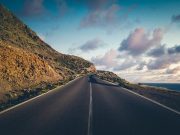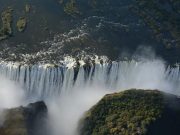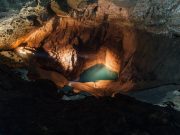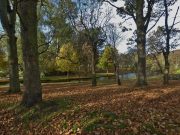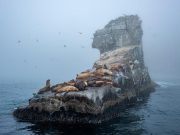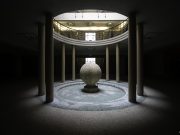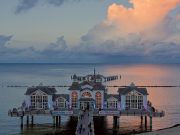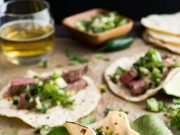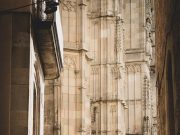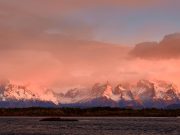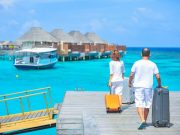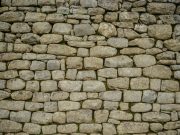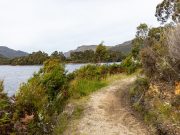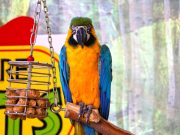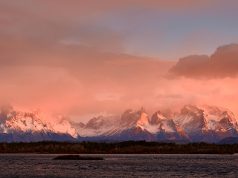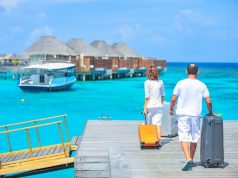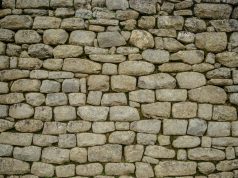 Photo: CHIMI FOTOS
Photo: CHIMI FOTOS
The cold Pacific waters massage my dusty feet because survey the perfectly peeling break just 60 feet facing me.
After walking nearly miles barefoot spanning a baking, rocky desert, the sensory release — and relief — originating from my suffering soles is extreme.
Surfers absolutely are a hardy bunch all of which will put up with all sorts of suffering to capture a wave or two. But it’s not usually like that.
For most, wipeouts, sunburn, sharp coral, and in many cases the chance of a hungry shark mistaking them for just a juicy seal, are typical taken as given.
Then there’s the paddling. That’s how surfers get to the break, lying face down on their own boards, moving throughout the water front-crawl style.
It’s exhausting, slow work. As well as leaden arms, an aching back, in addition to a crick in your neck, you also have to prevent yourself from owning your board slammed to your face by walls of seawater that pack more horsepower than an NFL lineman.
And everything for the purpose comes down to one or two fleeting seconds with the undeniably thrilling sensation of harnessing the ocean’s power and riding a wave. Even at a few of the world’s best-known breaks, a ride could last under Around 10 secs.
But away from Chicama. This remote, windswept put an end to Peru’s arid northern shore is thought to be the world’s longest wave. No one’s really sure, although the consensus among surfers is usually that its mile-long left is the record-holder.
In the above mentined video, Cristobal de Col, a rising Peruvian surf star, sets a world record of 34 “carved” turns at Chicama. Around a half dozen has to be great ride for many surfers.
That makes Chicama yet another surfing highlight along Peru’s 1,500-mile coast. Here you’ll find breaks for all levels: from newbies merely wanting to know to be up to elite big wave riders risking life and limb on stories-high waves.
When Chicama’s four distinct sections connect, which necessitates a 6-foot-high swell, skillful surfers who\’ve taken the days necessary to study it could catch a ride for several to 5 minutes — an entire life in surfing.
That takes them from your point, a remote rocky outcrop when the wave sets out to peel, with a long industrial pier, jutting in the tiny fishing capital of scotland- Chicama, around the barren coast.
Of course, they possess that 20-minute walk here we are at the purpose, and so the quick 60-second dash of paddling, to find their next ride. But, given Chicama’s topography, the paddling-to-surfing time ratio here could hardly be tinier.
Even once the entire wave isn’t breaking, they’re still longer than most surfers’ fantasies.
“Chicama’s waves aren’t just long. They are perfectly shaped. They couldn’t break as long as they certainly as long as they weren’t,” says Gino “Chato” Guillen, my surf-crazed neighbor in Lima who has agreed to show me around Chicama.
“You don’t ought to surf the main break to grasp what’s special concerning this place,” adds Guillen, who\’s a surf instructor, judge on Latin America’s pro circuit and also a tourist guide.
Chicama’s waves are also extremely reliable. Even though many other famous breaks around the world vary using the seasons, Chicama is usually relied on year long to function out beautifully formed breaks, like nature’s assembly line.
No one knows Chicama’s break together with Victor Castillo, a 50-year-old local fisherman and surfer, whose life story is inseparable from that relating to the wave.
He began surfing at six, in 1972, if a very few Hawaiians over a yacht pitched up along at the sleepy village. The happy couple has been sailing along the coast from California, surfing any breaks they can find.
At Chicama, they quickly realized they had hit surfing’s ultimate goal — and stayed to get a year, depending on Castillo. He states they taught him to turn into the 1st local to surf and, as soon as they finally left, they donated three old leash-less, wooden Hawaiian boards.
Castillo, who proceeded to be a national juvenile champion, says he was hooked. Yet many in the small town disapproved of his new obsession.
“They used to identify which originated a negative family and so i must be helping dad rather than wasting my own time surfing,” says Castillo, while he polishes off a lunch of ceviche, the citrus-marinated seafood dish usual for Peru, at his home overlooking the break.
“‘You are not a gringo,’ they might say. Currently the same individuals who criticized me want their kids for being surfers.”
That’s partly because surfing has done good by Chicama. It\’s brought a modest but steady trickle of holidaymakers, allowing locals to install restaurants, hotels and rental businesses.
Still today many hardy locals surf bare-chested from the cold Humboldt Current that wells up along nearly all of Peru’s coast, without the presence of expensive wetsuits that many gringo visitors wouldn’t think of entering this type of water without.
“Surfing has evolved us for that better,” Castillo says. “They have changed the culture, and provided us with the latest appreciation for your sea and the environment. Here, the fishermen respect the dolphins. No one would harm them. And we all don’t litter the beach.”
Now at 50, a common day for him begins during the early hours when he motors to sea to retrieve his catch. He then surfs for several hours around 6am, when the waves are inside their most “glassy” and perfectly sequenced, ahead of it easier part way through a single day. Later in the day he heads on his boat again to set the nets down again.
“In the event the surf is really up, I don’t fish,” he adds.
Above, Chato Guillen surfs about 10% of the Chicama wave earlier in January. Filmed by Jesus Florian Castillo for GlobalPost.
During my 48 hours in Chicama, the swell never grew enough for the, ridiculously long wave to attach its different sections. Furthermore, i found surfing the slide requires some serious skills and a few occasions of staring at the break — neither of which I had put together.
But only riding 5 percent of that entire length would be a thrilling experience.
As one visiting surfer, Thor-Magnus Sveen, a 28-year-old Norwegian making time between jobs to surf Latin America, use it:
- “People forget what surfing is focused on. However, not here.
“It’s about enjoying yourselves, getting into this type of water, getting mixed up in sun. People here all appear to have a smile with their face. Where I are derived from, you will be surfing in icy water, having a 6 millimeter wetsuit [i.e. really thick] and there aren’t even any waves.
“Chicama is a superb destination to surf, and then to recuperate. It’s not very touristy and there is a truly great vibe. Everyone at this point is friendly i hope that never changes.
“The landscape is incredible too. The desert really is dramatic and the sunsets are huge because we\’re so towards the equator. They are really amazing. And they\’re far more amazing you may notice them from the water, if you are surfing.”
Surfing in Peru
Thousands of years prior to when the Hawaiian sport came to Peru, fishermen on tiny reed rafts here famously learned the best way to hitch a ride here we are at shore about the Pacific’s crashing waves. In the past several years, amongst surfing’s original world champions was Felipe Pomar, a Lima local who won the crown back in 1965. Surfing is actually a large part in the culture along Peru’s Pacific coast, that is discover many famous breaks. And also Chicama, the world’s longest wave (see previous page), here’s an array of other prime surf spots.
Makaha
This famous Lima beach, next to the Rosa Nautica pier, is a wonderful spot for a catch your very first wave. Various surf schools will rent that you simply board and wetsuit right away and hang up you with a tutor.
Pampilla and Punta Roquitas
These are two other classic Lima breaks a couple of minutes’ walk right of Makaha. Pampilla is a longish break, accumulating to 70 yards with a good day, where longboarders often hang. Somewhat farther along is Punta Roquitas, where younger surfers on shorter boards showcase their tricks.
Punta Hermosa
Forty-five minutes south of Lima, this surf hotspot hosts numerous breaks including Señoritas and Caballeros, the place that the 2010 World Surfing Games, won by Peru, were staged, and Pico Alto, a humungous wave that doesn’t attempt breaking till the swell reaches around 12 feet. Pico Alto is actually a staple of the globe big wave circuit and, when it’s pumping, hosts a lot of the biggest names in global surfing.



